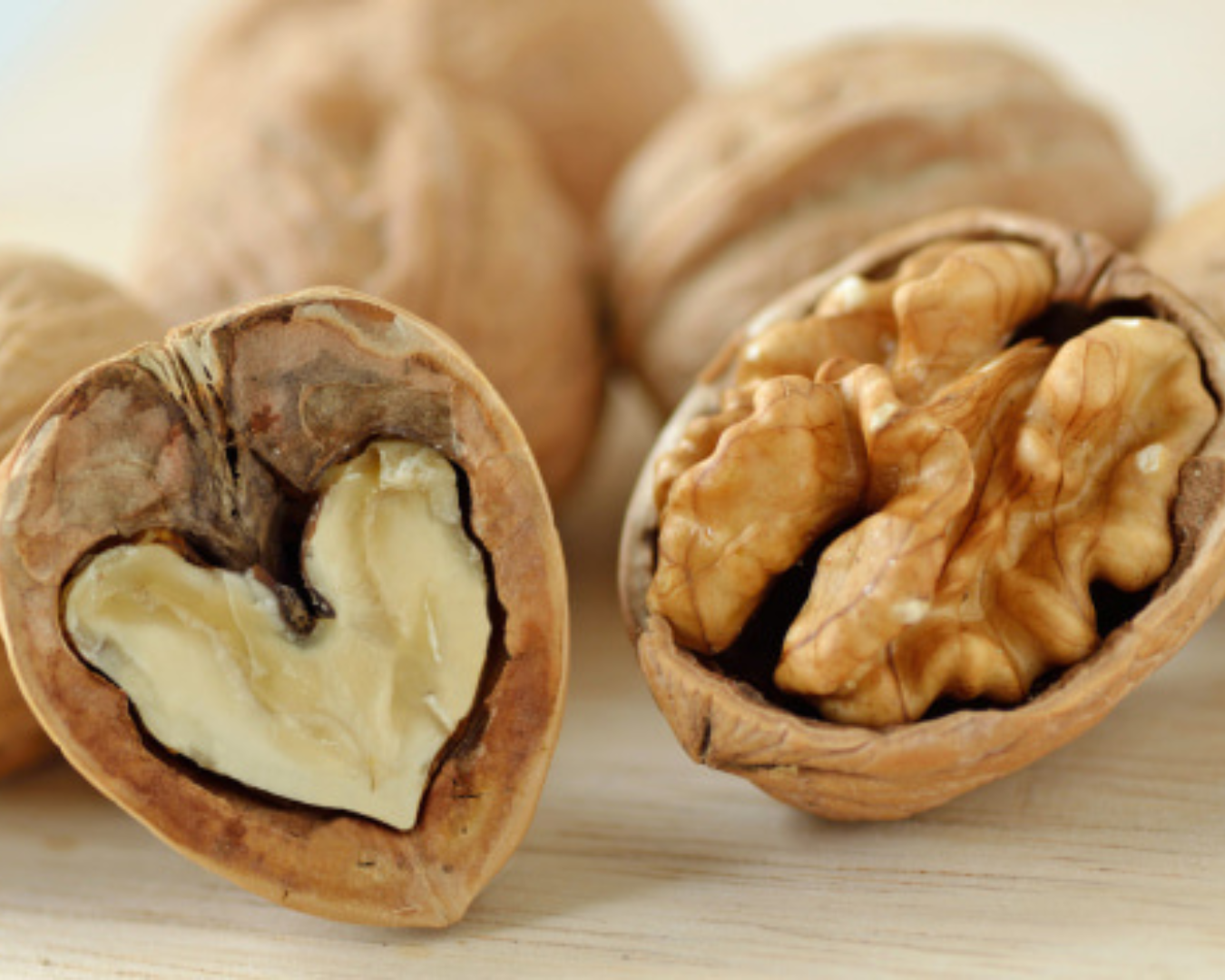From Orchard to Table: The Journey of Pecans from Seed to Nut
Explore the intricate process of pecan cultivation in this guide. From planting the trees to harvesting the nuts, this article will provide a detailed overview of how pecans are grown, showcasing the dedication and expertise required to produce these delicious and nutritious nuts.
Planting Pecan Trees:
The journey of pecans begins with the careful selection of planting sites and the preparation of the soil. Pecan trees thrive in well-drained soil and require ample sunlight to flourish. Ideal growing conditions for pecans include deep, fertile soils with a pH range of 6.0 to 7.0. The trees also require a significant amount of space to grow, with mature trees reaching heights of up to 100 feet and canopy spreads of 40 to 75 feet.
Once the soil is ready, saplings are planted with precision, spacing, and arrangement critical to the health and productivity of the orchard. Pecan trees are typically planted in a grid pattern, with spacing between trees ranging from 30 to 60 feet, depending on the variety and the desired density of the orchard. The saplings are carefully selected for their genetic traits, such as disease resistance, nut quality, and yield potential.
Tree Care and Maintenance:
Once planted, pecan trees require ongoing care and attention to ensure their optimal growth and development. This includes regular irrigation, fertilization, and pest control measures to protect against common threats such as insects and disease.
Irrigation is crucial for pecan trees, particularly during the growing season when the trees require consistent moisture to support nut development. Drip irrigation systems are commonly used in pecan orchards to deliver water directly to the root zone, minimizing water waste and ensuring the trees receive the necessary hydration.
Fertilization is another essential aspect of pecan tree care. Pecan trees have high nutrient requirements, particularly for nitrogen, potassium, and zinc. Soil tests are conducted regularly to determine the specific nutrient needs of the orchard, and fertilizers are applied accordingly to promote healthy growth and nut production.
Pruning is also essential to shape the trees and promote airflow, reducing the risk of fungal infections and improving nut production. Pecan trees are typically pruned during the dormant season to remove dead, diseased, or damaged branches and to maintain a balanced canopy structure.
Pollination and Nut Development:
Pecans are unique in that they require cross-pollination to produce nuts. Pecan trees are monoecious, meaning they have both male and female flowers on the same tree. However, the male and female flowers mature at different times, making cross-pollination necessary for successful nut production.
Wind, insects, and even human intervention play a role in the pollination process, ensuring the trees produce viable nuts. Pecan growers often plant multiple varieties of pecan trees with overlapping pollination periods to ensure adequate cross-pollination and maximize nut production.
As the nuts develop, proper irrigation and nutrition are essential to support their growth and development, ultimately determining their size, quality, and flavor. Pecan nuts typically reach maturity in the late fall, with the exact timing varying depending on the variety and growing conditions.
Harvesting Pecans:
Harvesting pecans is a labor-intensive process that requires precise timing and careful handling. Pecan nuts are typically ready for harvest when the husks split open, revealing the mature nut inside.
Mechanical shakers are often used to dislodge the nuts from the trees, with nets placed beneath to catch the falling harvest. These machines gently shake the branches, causing the ripe nuts to fall to the ground. The nets are then gathered, and the nuts are collected for further processing.
Handpicking may also be employed for smaller orchards or specialty varieties. This method allows for more selective harvesting and can result in higher quality nuts, as damaged or unripe nuts can be avoided.
Once harvested, the nuts are cleaned, sorted, and prepared for distribution or processing. The cleaning process involves removing any remaining husks, twigs, and debris from the nuts. The nuts are then sorted by size and quality, with damaged or inferior nuts being separated from the premium grade nuts.

Experience the taste of quality and dedication with Evie's Snacks premium roasted pecans. Grown with care and expertise, our pecans are sure to elevate your culinary creations and satisfy your cravings. Visit our collections page to explore our range of pecan products and taste the difference for yourself.








